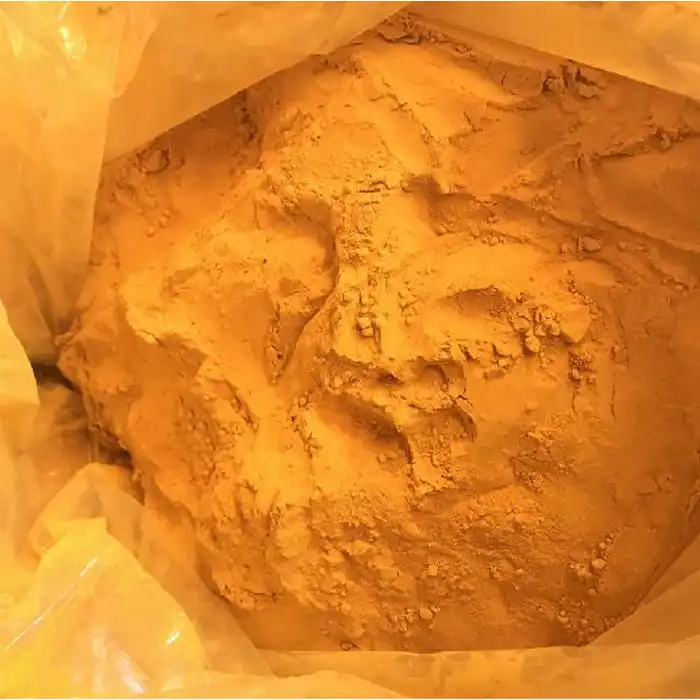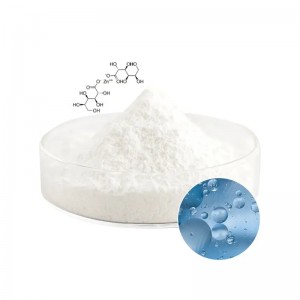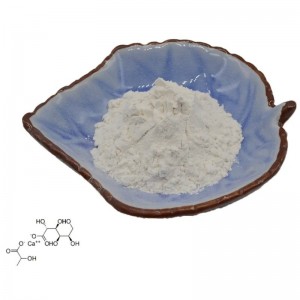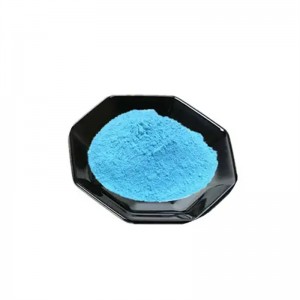| Basic Information | |
| Product name | Ferrocene |
| CAS No. | 102-54-5 |
| Appearance | Orange powder |
| Classification | Catalyst |
| Purity | 99.2% |
| Melting Point | 172℃-174℃ |
| toluene insolubles | 0.09% |
| Free iron content | 60ppm |
| Package | 25kg/bag |
Product Description
Ferrocene is a kind of organic transition metal compound with aromatic nature.It is also called as dicyclopentadienyl iron. It contains a divalent iron cation and two cyclopentadienyl anions in its molecular structure. It is also the raw materials for production of ferrocenecarboxylic acid. At room temperature, it is orange needle crystal powder with a similar smell as camphorand belongs to non-polar compound.
Product Application
Ferrocene has wide range of application in industry, agriculture, aerospace, energy, environmental protection and other industries. Main applications are described below:
(1)It can be used as the fuel saving smoke suppressants and anti-knock agent.
For example, it can be used for the production of the fuel catalyst of rocket propellant and also the solid fuels of aerospace.
(2) It can be used as the catalyst such as catalyst for the production of ammonia, as the curing agent of silicone rubber; it can prevent the degradation of polyethylene by light; when applied to agricultural mulch, it can break its natural degradation without affecting the cultivation and fertilization within a certain time.
(3) It can be used as a gasoline anti-knock agent. It can used as the anti-knock agent and for production of high-grade unleaded petrol in order to eliminate the contamination of the environment and poisoning to human body by discharge of fuel.
(4) It can be used as radiation absorbers, heat stabilizers, light stabilizers, and smoke-retardants.
(5) For the chemical properties, ferrocene is similar to aromatic compounds which is not prone to have addition reaction but prone to have electrophilic substitution reaction. It can also participate in metallization, acylation, alkylation, sulfonation, formylation and ligand exchange reaction, which can be used for production of derivative with a wide range of applications.






